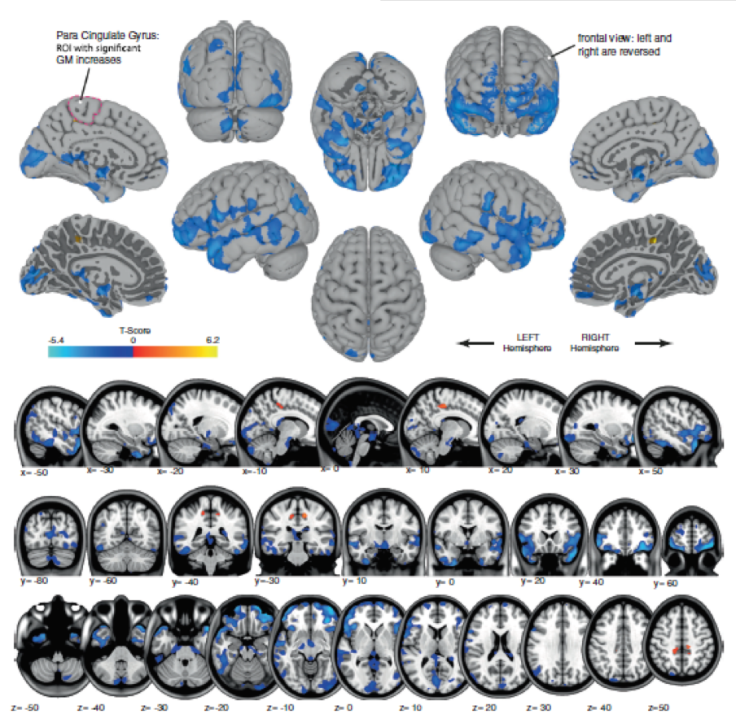Space Exploration: Astronauts’ Brains Are Changed By Spaceflight, MRI-Based Study Reveals

Space. It won’t be an exaggeration to say that almost everything in the vast cosmic void that envelopes Earth will kill us in the blink of an eye. This won’t be much of a problem if we were a firmly Earth-bound species, but, as Carl Sagan once presciently remarked: “We have a basic responsibility to our species to venture to other worlds.”
Previous studies have already shown that long-term exposure to the microgravity environment of space impairs astronauts’ vision, atrophies their muscles, and even causes changes in gene expression and chromosome length.
Now, a new NASA-funded study published in the latest edition of the journal Nature Microgravity has detailed the impact spaceflight has on the shape of astronauts’ brains. The researchers, who examined structural MRIs in 12 astronauts who spent two weeks as shuttle crew members and 14 who spent six months on the International Space Station, found noticeable changes in gray matter in different parts of the brain.

Specifically, MRIs taken before and after spaceflight revealed that the volume of gray matter both increased and decreased, and the extent of the changes depended on the length of time spent in space.
“We found large regions of gray matter volume decreases, which could be related to redistribution of cerebrospinal fluid (CSF) in space,” lead author Rachael Seidler from the University of Michigan said in a statement released Tuesday. “Gravity is not available to pull fluids down in the body, resulting in so-called puffy face in space. This may result in a shift of brain position or compression.”
Gray matter, which consists of neuronal cell bodies and unmyelinated axons, is responsible for controlling a variety of functions, including sensory perception, memory formation, decision-making and emotions.
The researchers found that gray matter volume increased in the areas of the brain that control leg movement, which may reflect changes related to the brain learning how to move in microgravity, while in other areas of the brain, gray matter volume decreased due to redistribution of the CSF.
It is important to note that the changes in gray matter volume do not stem from a loss or gain in brain cells. Moreover, it is still not clear what repercussions these changes have on cognition and physical performance in the long term, and whether, once the astronauts are back on Earth, the brain can still use different pathways to compensate for the structural changes caused by spaceflight.
“These intriguing findings are observed in a retrospective data set. More carefully controlled prospective studies may shed further light on these changes and their relation to behavioral performance,” the researchers concluded in the study.
© Copyright IBTimes 2024. All rights reserved.






















